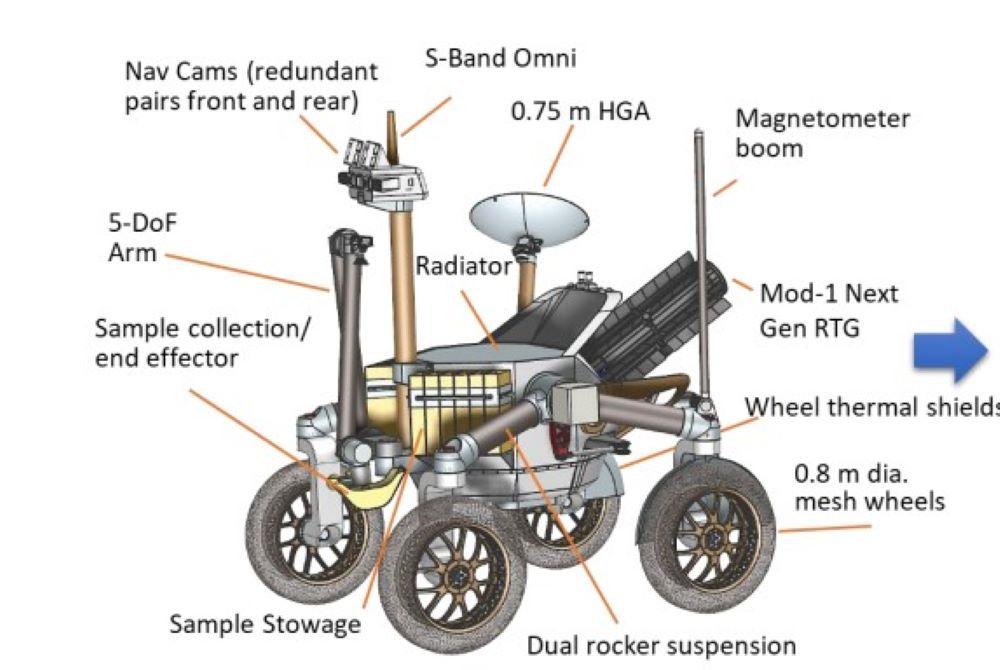
Endurance
Credit: JPS
HOUSTON—As much as NASA and its commercial and international partners are striving to advance human exploration of the Moon, NASA is not turning its back on the value of robotic contributions. Endurance is an autonomous lunar rover concept in development for a landing at the center of the South Pole...
Subscription Required
NASA’s Endurance Moon Rover Promises Robotic Breakthroughs is published in Aerospace Daily & Defense Report, an Aviation Week Intelligence Network (AWIN) Market Briefing and is included with your AWIN membership.
Already a member of AWIN or subscribe to Aerospace Daily & Defense Report through your company? Login with your existing email and password.
Not a member? Learn how you can access the market intelligence and data you need to stay abreast of what's happening in the aerospace and defense community.





